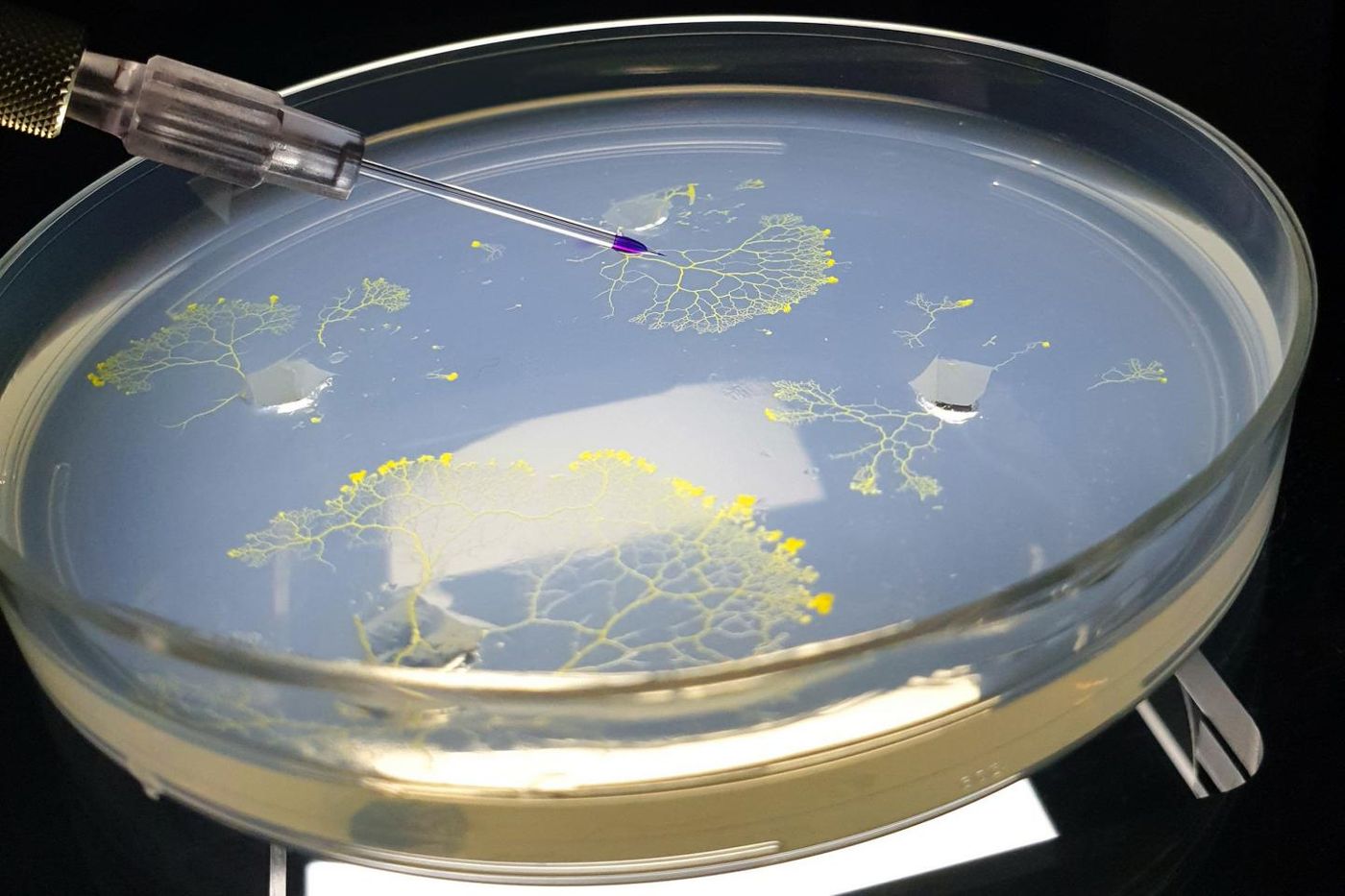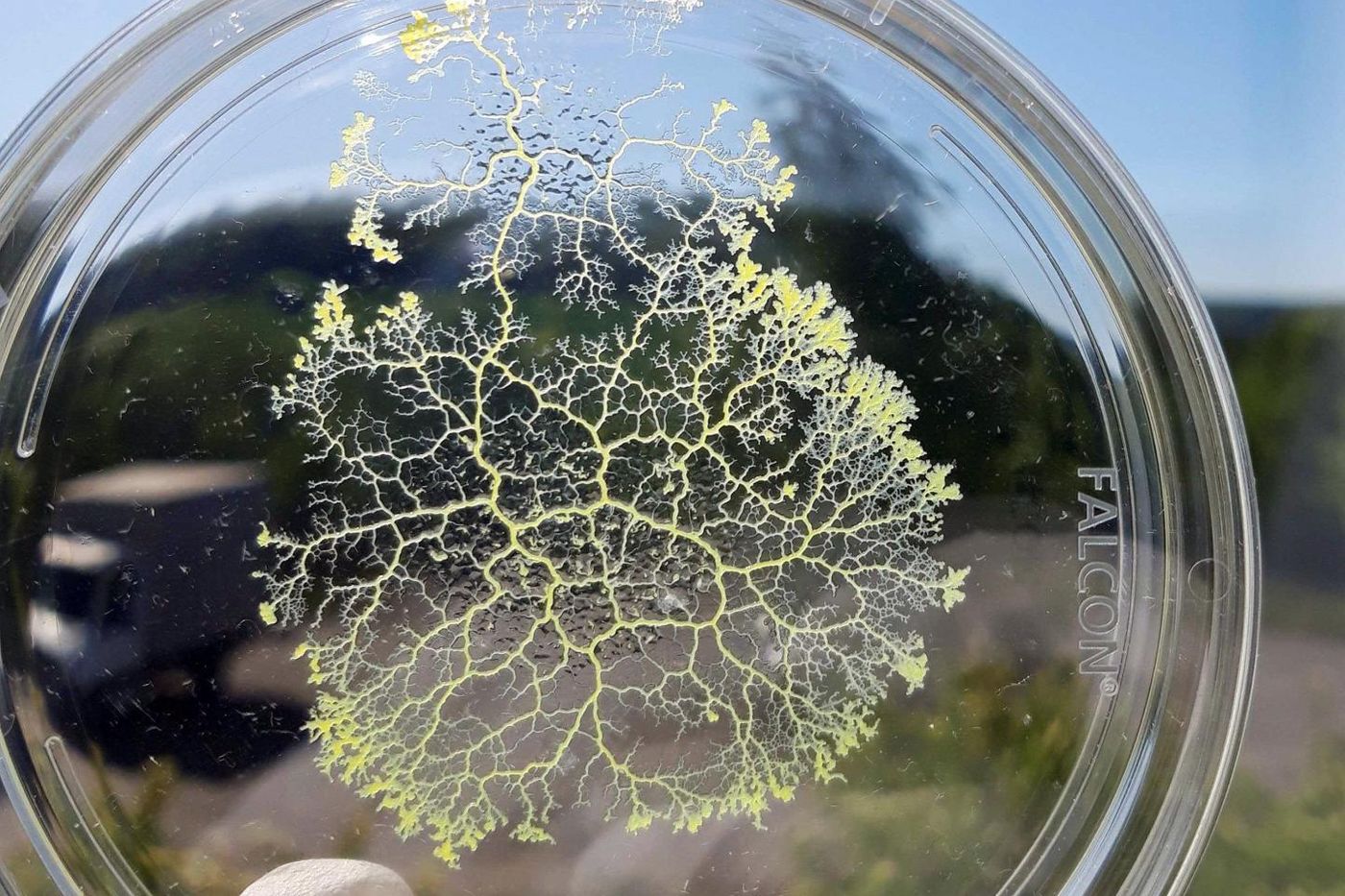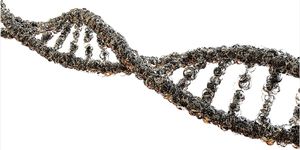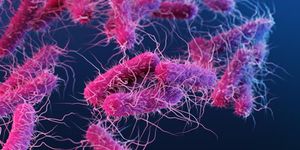How a Slime Mold with no Brain Can Remember Things
Our past experiences help us navigate future obstacles, and it seems that even some organisms without a brain have that skill. Though slime molds do not have a nervous system, they can store and recall information that helps them find food or avoid exposure to harm. Researchers have now learned more about how they do it.
The slime mold Physarum polycephalum is an organism that sits at the intersection of plants, animals, and fungi, consisting of one giant cell that sprouts intricate networks of tubes. These single cells are like amoeba and can grow as large as several meters (though typically they're several centimeters in size). They've been recognized as a form of intelligent life because they can solve puzzles. For example, they can find a route through mazes and can rapidly disintegrate and regrow their tubes without a central organization hub.
In work reported in the Proceedings of the National Academy of Sciences, researchers found that the slime mold can integrate memories of its encounters with food directly into its biological network, and it can utilize that information to make decisions.
"It is very exciting when a project develops from a simple experimental observation," said study author and Professor Karen Alim, head of the Biological Physics and Morphogenesis group at the Max Planck Institute for Dynamics and Self-Organization (MPIDS) and a Technical University of Munich (TUM) Professor on Theory of Biological Networks.
"We followed the migration and feeding process of the organism and observed a distinct imprint of a food source on the pattern of thicker and thinner tubes of the network long after feeding. Given P. polycephalum's highly dynamic network reorganization, the persistence of this imprint sparked the idea that the network architecture itself could serve as [a] memory of the past. However, we first needed to explain the mechanism behind the imprint formation."
The researchers combined their observations of the tubular network dynamics with computational models, which suggested that a chemical is released when the slime mold encounters food. That chemical moves from the place where the food was touched through the rest of the organism, which softens the tubes and reorients the mold's movement towards the food, as well as creating an imprint.
"The gradual softening is where the existing imprints of previous food sources come into play and where information is stored and retrieved," said first study author Mirna Kramar of TUM and MPIDS. "Past feeding events are embedded in the hierarchy of tube diameters, specifically in the arrangement of thick and thin tubes in the network. For the softening chemical that is now transported, the thick tubes in the network act as highways in traffic networks, enabling quick transport across the whole organism. Previous encounters imprinted in the network architecture weigh into the decision about the future direction of migration."
"It is remarkable that the organism relies on such a simple mechanism and yet controls it in such a fine-tuned way. These results present an important piece of the puzzle in understanding the behavior of this ancient organism and at the same time point to universal principles underlying behavior. We envision potential applications of our findings in designing smart materials and building soft robots that navigate through complex environments," concluded Alim.
Sources: Phys.org via Max Planck Society, Proceedings of the National Academy of Sciences










